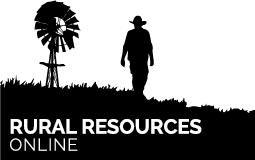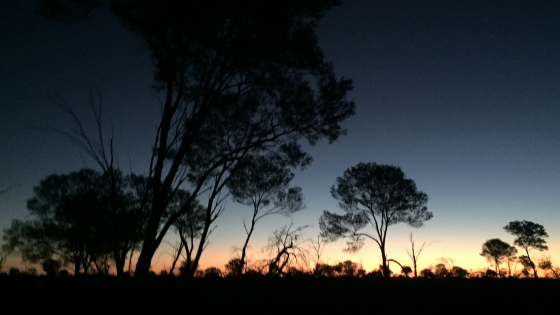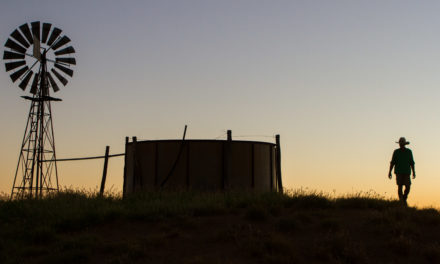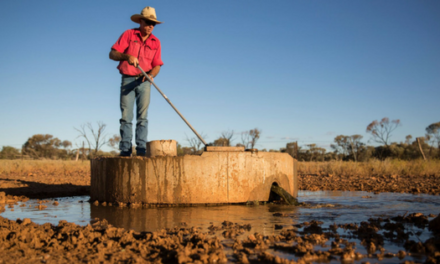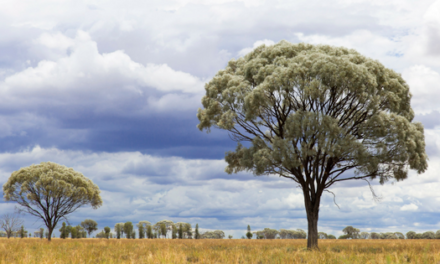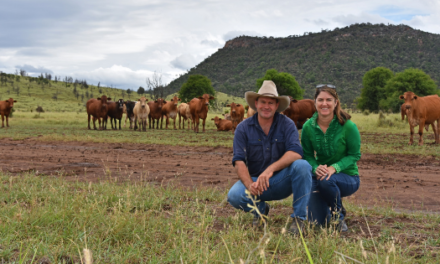I find myself talking a lot about Mulga these days. To neighbours who howl in despair while cattle starve and trees remain a protected species. To town friends who ask ‘why can’t you just feed them and be dammed with the consequences?’ To farmers without Mulga I explain, ‘It’s like a crop of forage sorghum. While its young the cattle graze on it, when it grows too tall you take a slasher and cut it down, give it a break and let it grow back. In the Mulga lands the grazier manages its use. It is his resource. Its precious feed. If it were grass and the government ruled you had to fence off two thirds of it and the rest belonged to the state, would that be fair?’
To the Labor government, Mulga is habitat to native birds, lizards and insects and storage for carbon. More to the point, its reward points from the Greens party in the form of preference votes. To some folk, it’s – well it’s a tree for God’s Sake! ‘We love trees! They have mystical qualities and are essential for our survival on Earth!” Not the Mulga tree though. Let’s dispel that myth. It is not some giant from an old growth forest, a living witness to the arrival of Captain Cook.
Mulga is a shrub belonging to the Acacia family, Acacia aneura to be precise. Its conservation status is of least concern, its population stable. It grows quickly between one wet season and the next and without cattle or sheep to browse on its leaves, can become impenetrable, starving out any other species of plant including grasses. The roots of the Mulga tree grow deep into the soil seeking out moisture. These roots harbour bacteria that fix atmospheric nitrogen and the tree branches and truck act as conduits to direct water to the base of the tree, effectively multiplying the amount of rainfall by three.
There are places where riding a horse or motor bike, walking stock or keeping a fence line cleared is impossible because of its rate of regrowth. And that’s the way we like it. Or we did before the government decided to take over the management of this valuable tree. Our cattle have survived 6 years of drought by grazing on low Mulga.
That outcome was planned. Where we once pushed areas of Mulga we now have areas of new, low growing scrubs the cattle are able to access. With the government rules that will no longer be possible. There will be no acres of pushed Mulga, ready to support new growth. There will instead be narrow strips bordered on each side by wildlife corridors, one and half times the width of the pushed area.
Graziers know what this means. No more regrowth because there will never be sufficient sunlight or moisture for regeneration. This wonderful method of making large clearings to encourage new growth is gone, and with it our viability. As the years pass, there will be less and less Mulga available for feed. Once clever and innovative farming practises will be a thing of the past; stripped from our hands by bureaucrats in suits and city offices who cite scientific reports that reflect their beliefs and ignore our first-hand knowledge.
To add insult to injury we have the Minister responsible for all this is denying the truth of the matter. To say we can still feed Mulga to stock is like the Merchant of Venice saying you can have your pound of flesh. For those of you who skipped Shakespeare, the catch was you had to take it without spilling a drop of blood!
It’s no wonder our men rant and lie sleepless in their beds! Out in Western Queensland the people are self-reliant and resourceful. They have carved a living in one of the harshest environments in the state and asked for no help in doing so. They take pride in their cattle, their sheep and their wool. Generations of graziers have worked within the limitations of this dry landscape and thrived, only to be knocked down by a new set of rules that benefit no one but the corrupt government that looks after itself first.
